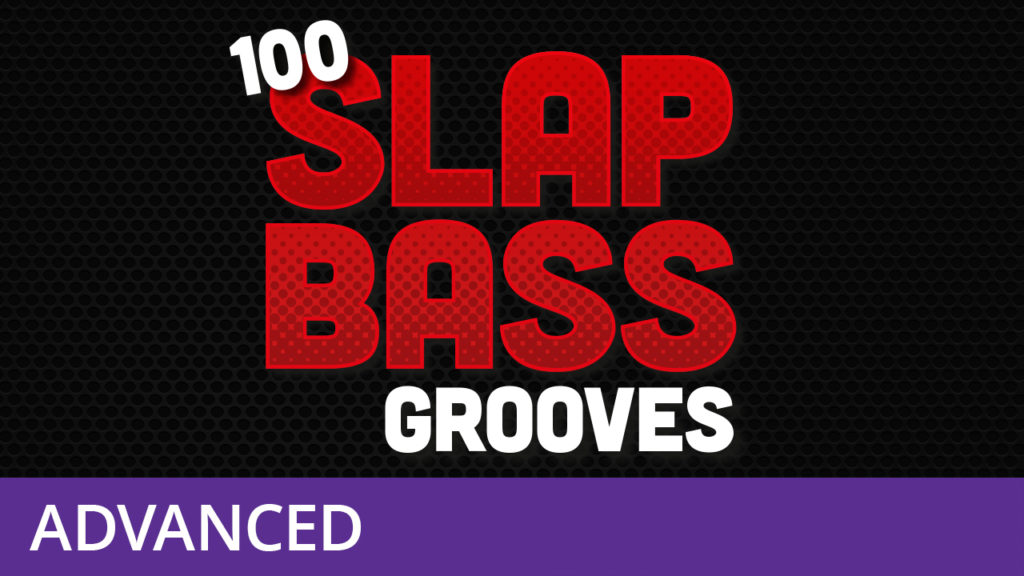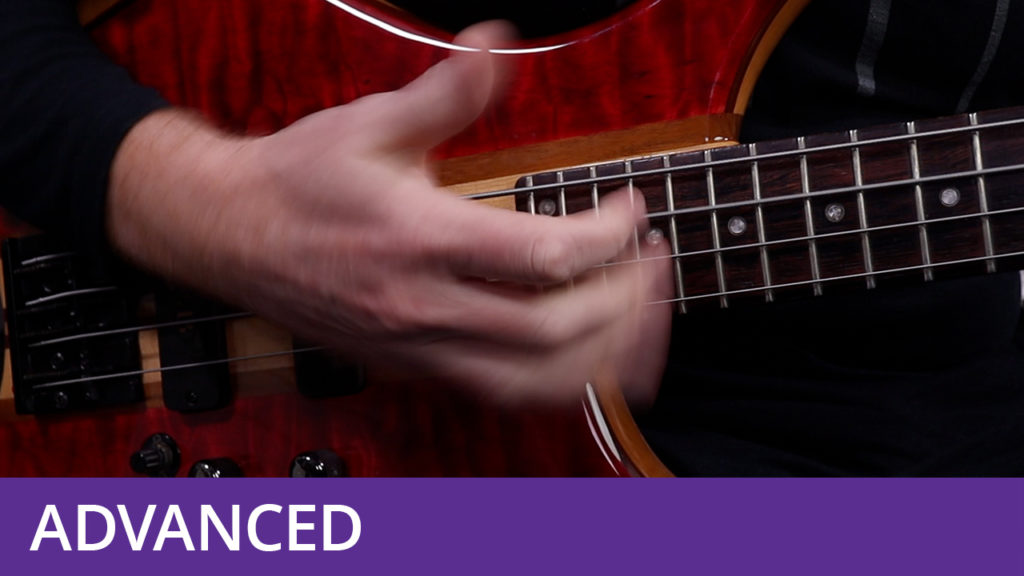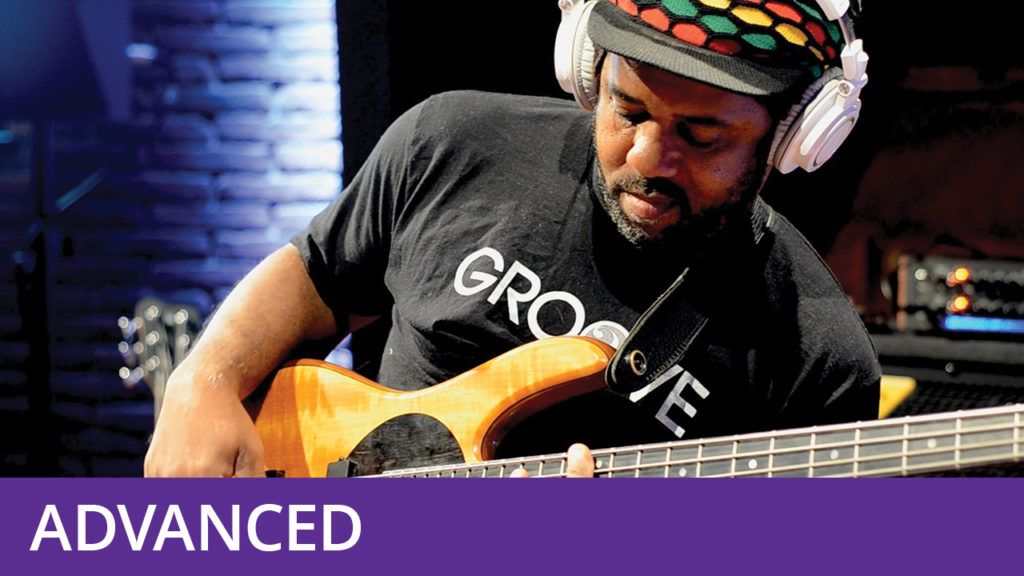Slap Bass – Open String Hammer-Ons
Course Duration: 1 Hour & 30 Minutes | Difficulty Level: 7
This course will get you acquainted with the open string hammer-on technique. This versatile technique has been popularised by bassists such as Marcus Miller and Stuart Hamm. Its most notable user however is Victor Wooten, who used it on tracks such as ‘The Sinister Minister’ (Béla Fleck and the Flecktones), and ‘A Show of Hands’ and ‘Classical Thump’ from his solo album A Show of Hands.
Using open string hammer-ons, it is possible to play more harmonically complex material than is often performed using conventional slap and pop technique. Although a technique should never dictate your note choices, you’ll find that this one really is ideal for playing fast, arpeggiated passages that just wouldn't be playable with slapped and popped notes alone.
Don’t forget to hit the Download Resources button above in order to download the PDF worksheet and audio files for this course (available to subscribers only). The worksheet is available with TAB and without, for those who wish to give their reading skills a workout.




